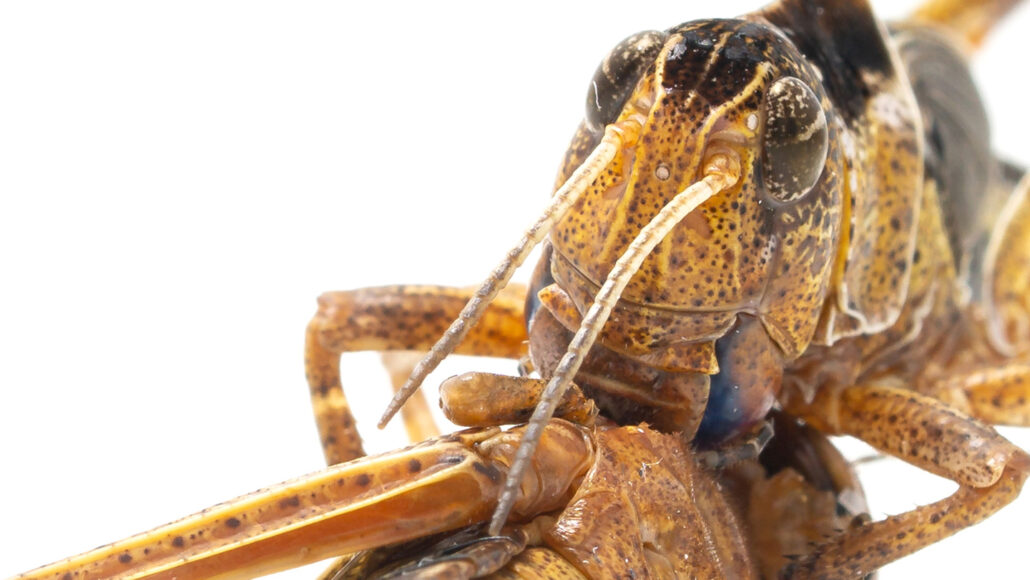Swarming locusts can deploy a chemical to avoid being cannibalized
The “don’t-eat-me” compound signals that the insects have become a toxic treat

For some locusts, like these Locusta migratoria, their fellow insects are on the menu. Juvenile migratory locusts give off a pheromone that stops their companions from cannibalizing them, a new study suggests.
Benjamin Fabian/MPI for Chemical Ecology